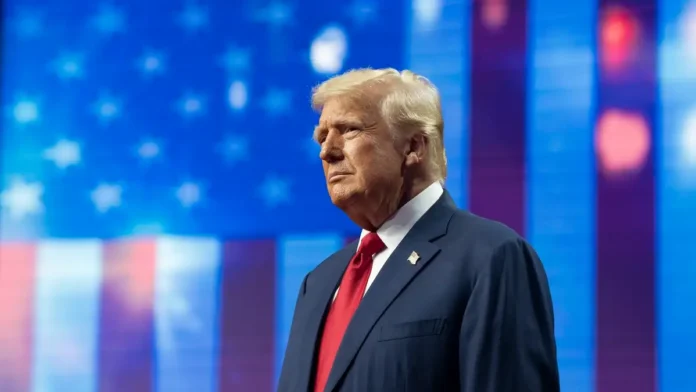A California judge issued an emergency order on Friday, halting major cuts to the federal workforce. This decision follows a lawsuit filed by labor unions and cities, challenging President Donald Trump’s efforts to shrink the government.
Judge Susan Illston, based in San Francisco, made the ruling after reviewing legal challenges to the Trump administration’s workforce reduction initiatives. Trump has repeatedly stated that the federal government is bloated and expensive, and he wants to streamline it. However, the court ruled that Trump must work with Congress to make these changes legally.
Illston’s ruling temporarily blocks federal agencies from moving forward with the workforce reductions outlined in Trump’s February executive order. The order also includes a memo issued by the Department of Government Efficiency and the Office of Personnel Management (OPM). The temporary restraining order directs agencies to halt any actions related to the president’s executive order for 14 days. This pause does not require agencies to rehire employees. However, the plaintiffs requested that any actions scheduled for implementation be delayed. They also asked that the executive order not be enforced, especially in agencies where job cuts are already in progress.
The Department of Health and Human Services, which had planned to lay off 10,000 workers, is one of the agencies impacted by the ruling. The court has placed a temporary hold on these cuts.
During the hearing, Judge Illston emphasized that while the president has the authority to propose changes to federal agencies, he must do so in compliance with the law. “He must do so with the cooperation of Congress,” she explained, stressing that the Constitution requires such cooperation.
Despite this ruling, Trump has claimed that voters gave him a mandate to reshape the federal government. He tapped Elon Musk to lead these efforts, focusing on streamlining operations and reducing inefficiencies.
The downsizing efforts have already led to significant reductions in the federal workforce. Tens of thousands of federal employees have lost their jobs, either through direct termination or deferred resignation programs. While no official figure is available, at least 75,000 federal workers took deferred resignations. Judge Illston provided several examples of how these cuts have affected federal services. For instance, a union representing health hazard researchers in Pittsburgh reported that it would lose 221 out of 222 workers. A Vermont farmer couldn’t receive a timely inspection for disaster aid after flooding, and Social Security recipients are facing longer wait times.
The restraining order applies to several federal departments, including Agriculture, Energy, Labor, Interior, State, Treasury, and Veterans Affairs. It also impacts agencies like the National Science Foundation, Small Business Administration, Social Security Administration, and Environmental Protection Agency.
This ruling is part of a larger legal battle. Other lawsuits have challenged the mass firings of probationary federal workers. In March, Judge William Alsup ordered that these workers be reinstated, but the U.S. Supreme Court later blocked this decision.
Labor unions, including the American Federation of Government Employees, along with cities like San Francisco, Chicago, and Baltimore, have filed these lawsuits. They argue that the president’s actions have overstepped legal boundaries and violated workers’ rights.
The temporary restraining order halts large-scale workforce reductions in federal agencies. This legal development marks a critical point in the ongoing dispute over the Trump administration’s approach to downsizing the federal government. It remains to be seen how the administration will respond to the ruling and whether Congress will play a more active role in reshaping the workforce as the court battle progresses.
For more political updates, visit DC Brief.


